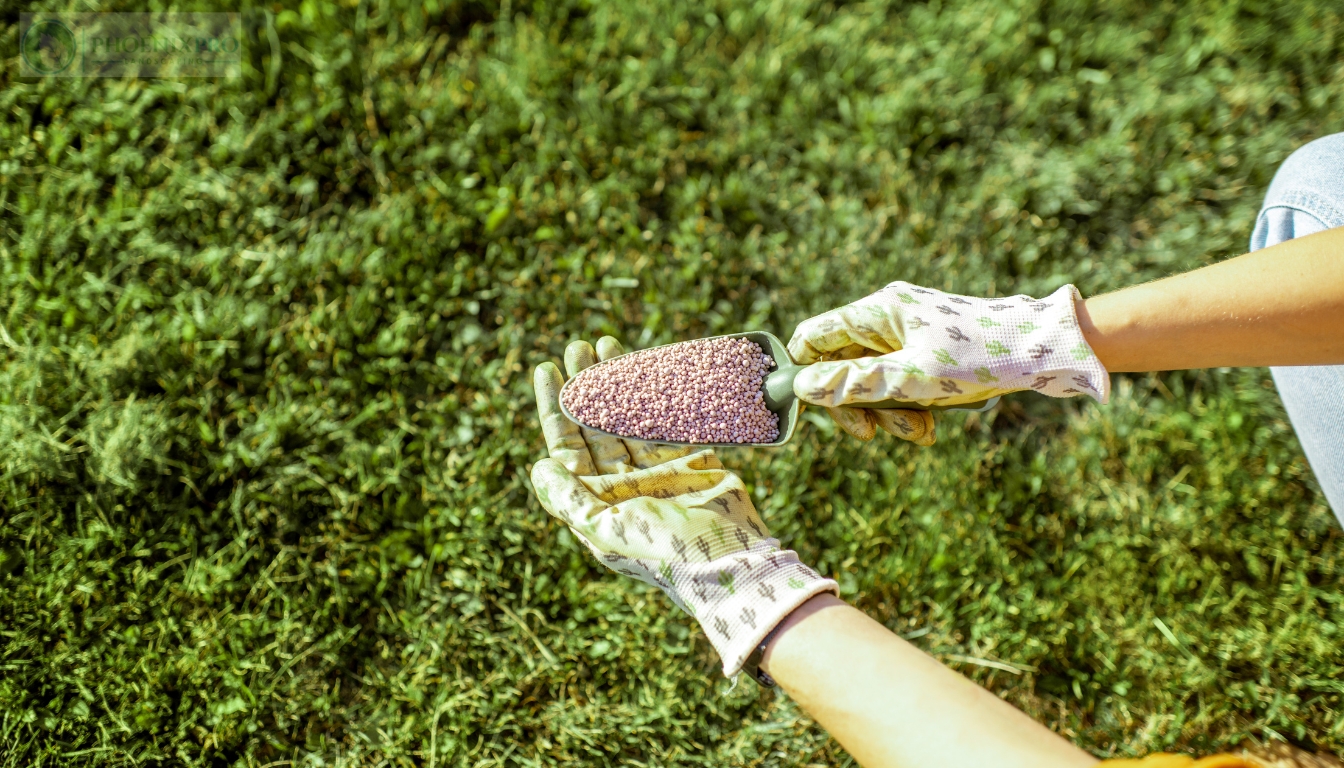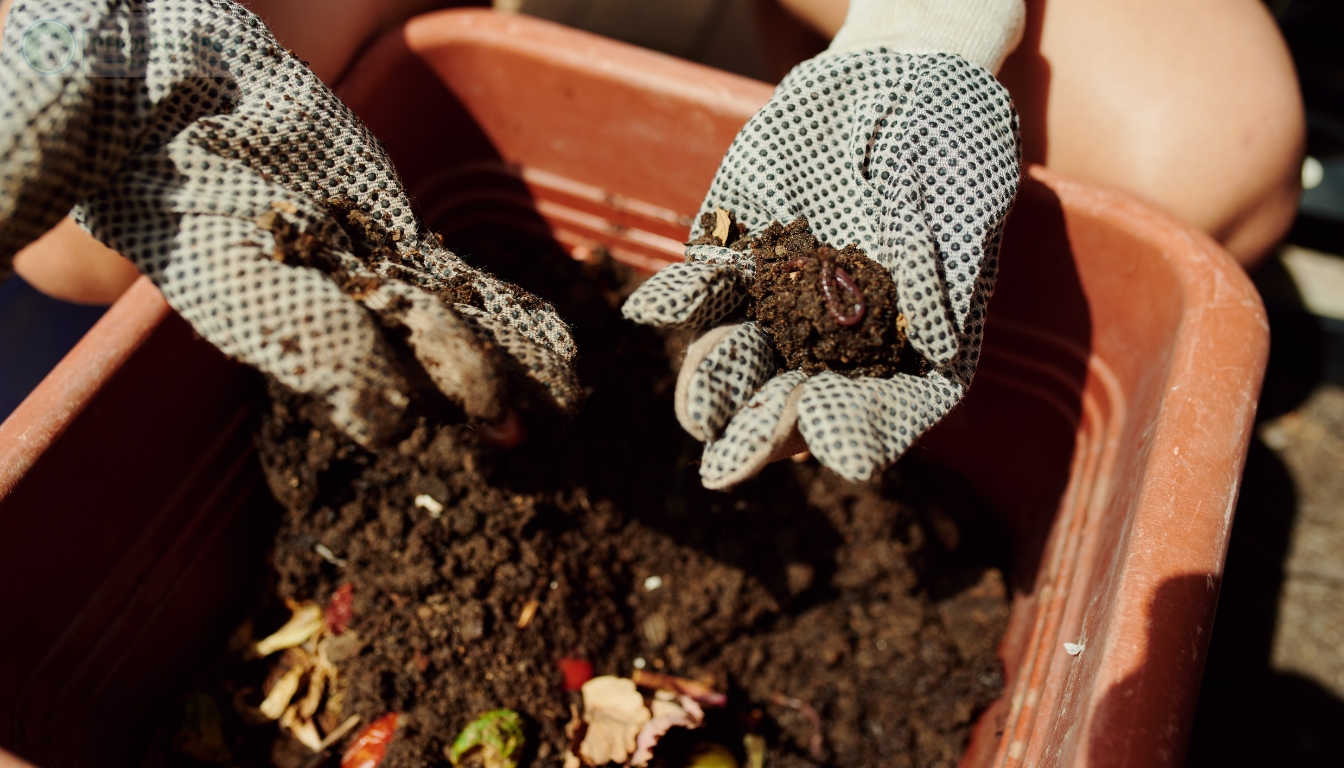Spring is a time of renewal, and your lawn deserves just as much attention as the rest of your home. As the weather warms up and the days grow longer, it’s crucial to prepare your lawn for the lush growth that summer brings. In this comprehensive guide, we’ll walk you through essential tips and tricks for lawn care, ensuring your outdoor space looks its absolute best.
Why Is Spring Lawn Care Important?
Spring is a critical season for lawn care for several reasons:
- Growth Resumption: Grasses begin to come out of dormancy. Weed Control: Early actions can help prevent weed infestations. Soil Aeration: Warmer temperatures promote microbial activity in the soil.
Taking proactive steps during spring can set your lawn up for success throughout the year. So, let’s dive into https://sodkngs461.wordpress.com/2024/12/13/benefits-of-professional-lawn-care-invest-in-a-beautiful-landscape/ how you can make this happen!
Lawn Care Basics: Preparing Your Lawn for Spring
Assessing Your Lawn's Condition
Before diving into any spring preparations, take a good look at your lawn. Here are some key points to consider:
- Look for bare patches or discoloration. Examine the grass height; know if it needs cutting. Check for pest damage or disease signs.
You might be wondering, “How do I know what my lawn needs?” Well, closely observing these factors will help you determine if you need to focus on fertilization or overseeding.
Cleaning Up Debris
After winter, lawns often have leaves, branches, and other debris strewn about. This debris can smother new grass shoots and create a home for pests.
Rake up leaves and sticks. Remove trash that has accumulated over winter. Use a leaf blower if necessary.Benefits of a Clean Lawn
A clean lawn allows sunlight to reach the soil more effectively. This promotes better growth and reduces pests’ habitats.

Lawn Cutting Techniques for Spring
When to Start Cutting Your Grass?
Timing is everything when it comes to lawn cutting in spring!
- Wait until the grass reaches about 3 inches in height before cutting. Always avoid cutting wet grass; it can lead to uneven cuts and clumping.
Ideal Cutting Height for Different Grass Types
| Grass Type | Ideal Cutting Height | |------------------|----------------------| | Kentucky Bluegrass| 2.5 - 3 inches | | Tall Fescue | 3 - 4 inches | | Bermuda Grass | 1 - 2 inches |
Lawn Mowing Tips
Change mower blades regularly to ensure sharp cuts. Follow a pattern while mowing; it helps avoid ruts. Leave clippings on the lawn; they provide nutrients as they decompose.Understanding Lawn Fertilization Needs
What Type of Fertilizer Should You Use?
Choosing the right fertilizer is essential when preparing your lawn for spring:
- Look for nitrogen-rich fertilizers; they promote lush green growth. Consider slow-release options to provide nutrients over time.
When To Fertilize Your Lawn?
The best time to fertilize is when grass starts actively growing—usually around late April to early May in most regions.
Fertilization Schedule Overview
| Month | Task | |-----------------|-----------------------| | March | Soil testing | | April | First fertilization | | June | Second fertilization |
Soil Testing: Know What You're Working With!
Why Conduct Soil Testing?
Understanding your soil’s pH level and nutrient content can drastically improve your lawn care strategy:
- Helps determine which type of fertilizer you need. Identifies deficiencies that could hinder growth.
How To Test Your Soil?
Purchase a soil test kit from a gardening store or send samples to a lab. Follow instructions carefully to get accurate results.Aerating Your Lawn: The Key To Healthy Growth
What Is Aeration And Why Is It Important?
Aeration involves perforating holes in the soil to allow air, water, and nutrients deeper into the roots:
- Relieves soil compaction. Encourages root growth.
When Should You Aerate Your Lawn?
Early spring is generally an ideal time because the turf can recover quickly from this process before summer heat arrives.
Aeration Methods You Can Use
Manual aerators (for small areas) Powered aerators (for larger spaces)Overseeding: A Secret Weapon For Thick Lawns
What Is Overseeding And Why Do It?
Overseeding involves spreading grass seed over an existing lawn without tearing up the turf:
- Helps fill in bare spots. Promotes denser grass coverage—less room for weeds!
Best Practices For Overseeding
Choose high-quality seeds appropriate for your region. Water consistently after seeding until new grass establishes itself.Weed Control Strategies For Spring Lawns
Identifying Common Weeds In Spring
Knowing what types of weeds you're dealing with can make all the difference:
Dandelions Crabgrass CloverNatural vs Chemical Weed Control
While chemical treatments are effective, natural methods like vinegar or boiling water can also do wonders without harming beneficial insects!
Preventative Measures Against Weeds
Utilizing mulch beds and proper mowing techniques can prevent weeds from taking hold in your landscape.

Irrigation Techniques For Healthy Lawns In Spring
When & How Much To Water Your Lawn?
In spring, aim for about one inch of water per week (including rainfall):
Water deeply but infrequently—this encourages deep root growth! Early morning is typically the best time to water.Types Of Irrigation Systems Available
Sprinkler systems Drip irrigation Manual hosesEach has its pros and cons based on garden size and layout!
Pest Management Strategies For Spring Lawns
Common Pests To Watch Out For
From grubs to chinch bugs, knowing what pests might invade your lawn is half the battle won!
Integrated Pest Management (IPM)
This approach combines various strategies like biological control, habitat manipulation, and resistant varieties while minimizing risks associated with pesticides.
Landscaping Ideas To Enhance Your Lawn's Appeal
Creating Beautiful Borders With Edging
Edging not only defines areas but enhances aesthetics too!
- Consider using materials like brick or wood while outlining flowerbeds or pathways.*
Incorporating Flower Beds & Shrubs
Adding flowers offers color contrast against luscious green lawns! Opting for native plants ensures less maintenance while providing ecological benefits.
Maintaining A Healthy Lawn Throughout The Season
After executing all these preparations—the real work begins! Consistent maintenance through regular mowing/fertilization will keep everything looking pristine.
FAQs About Spring Lawn Care
FAQ 1: When should I start preparing my lawn for spring?
You should begin preparations as soon as temperatures begin stabilizing above freezing but ensure any frost risk has passed before applying fertilizers or seeds.
FAQ 2: How often should I mow my lawn in spring?
Aim to mow every week or two depending on growth rates—never cut more than one-third off at once!
FAQ 3: Can I use last year's fertilizer?
Using last year's fertilizer isn't advisable since nutrients may degrade over time—always opt fresh products suited specifically towards current needs!
FAQ 4: What’s better—chemical or organic fertilizers?
Both have their advantages; however organic ones tend toward lesser environmental impact while chemical fertilizers act faster but need careful handling/application practices followed closely due safety guidelines.
FAQ 5: How do I choose between overseeding or sodding?
Overseeding works well if existing grasses are healthy enough whereas sodding provides instant coverage yet requires higher initial costs/maintenance levels upfront until establishment occurs fully later down-the-line!
FAQ 6: What tools do I need for effective lawn care this spring?
Basic tools include rakes/shovels/hoes/mowers/aerators along with measuring devices like moisture meters too allow more precise evaluations regarding watering schedules needed throughout season cycles ahead!
Conclusion
Preparing Your Lawn for Spring: Essential Tips and Tricks doesn’t have to feel overwhelming! By following these steps—from cleaning up debris all way through effective pest management—you’ll not only enhance curb appeal but also contribute positively towards local ecosystems overall health too long-term sustainability wise within communities surrounding yours! Remember that patience pays off immensely—they say Rome wasn’t built-in-a-day after all so don’t rush things either! Regular checkups will keep things thriving beautifully ensuring every blade remains vibrant green throughout seasons ahead!
